Chronicle
With the establishment of Switzerland's first technical school in 1874, the success story of engineering education in Winterthur began. Today's ZHAW School of Engineering and the ZHAW Department of Architecture, Design and Civil Engineering emerged from the former technical centre.
The Establishment of Switzerland's First Technical School
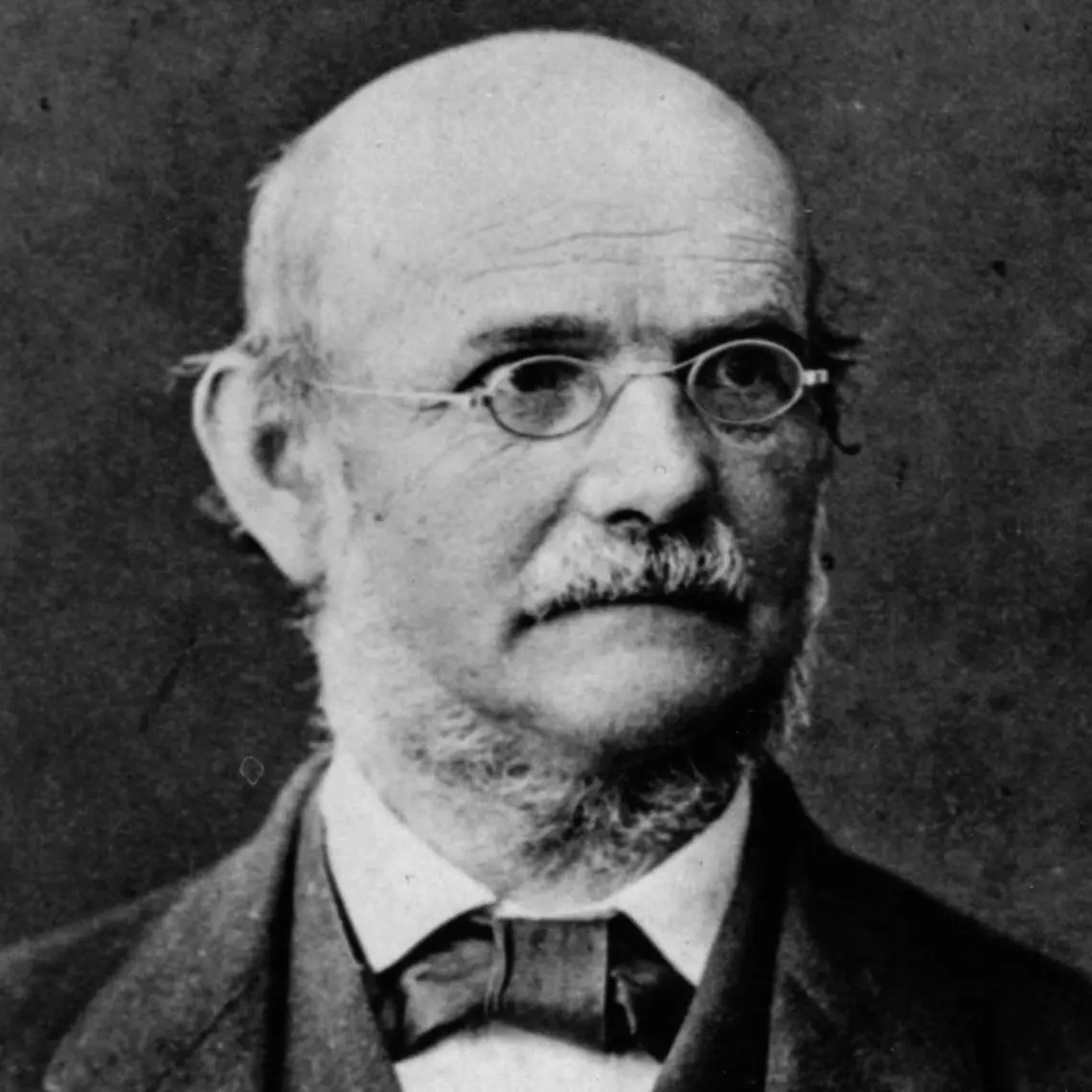
The founding of the Technikum Winterthur can be attributed to Friedrich Autenheimer (1821-1895). The mathematics teacher and mechanical engineer, a respected figure in Winterthur, publicly advocated for a technical school for Switzerland in 1866. He believed that a school for technical leaders was necessary to address the shortage of skilled professionals in Switzerland. While industry and politics welcomed his idea, the voters in the Canton of Zurich rejected a corresponding law in 1872. Despite this setback, the city of Winterthur stood behind the idea, and the then Mayor Johann Jakob Sulzer applied to the Zurich Cantonal Council for the establishment of a Technikum in Winterthur. The city committed to providing buildings and covering half of the annual costs. The following year, the Cantonal Council and voters finally approved the founding of a Technikum in Winterthur.
The Early Years (1874 – 1894)
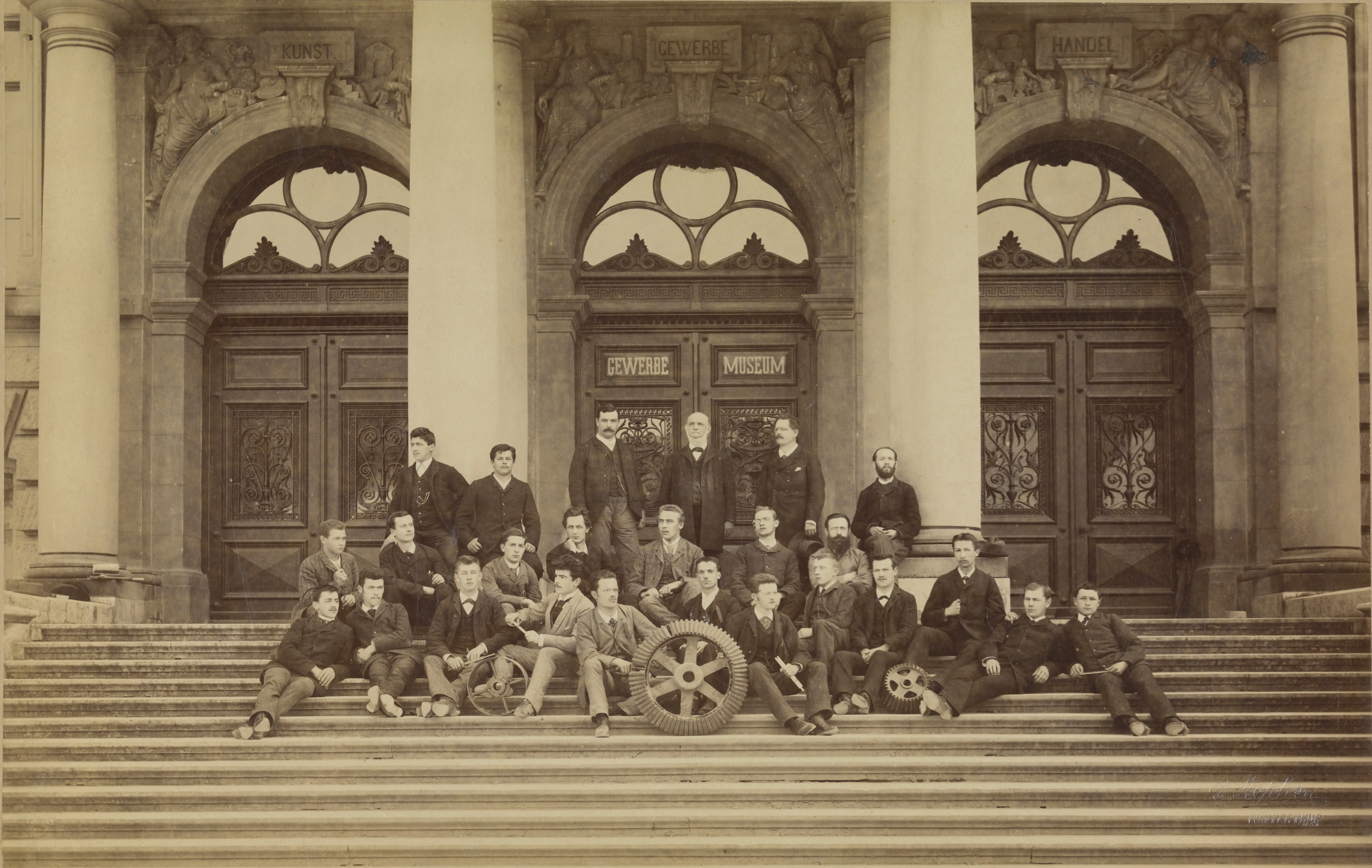
Friedrich Autenheimer is elected as the director of the new Technikum. On May 4, 1874, entrance exams take place, and the following day, the Technikum is officially inaugurated with a ceremony. The first semester begins with 72 students in five different fields of study (Civil Engineering, Mechanical Engineering, Commerce, Arts, and Surveying School). Initially, the Technikum is spread across half the city. In 1875, the School for Chemists is established, and in 1886, the School for Electrical Engineers is founded. After three years of construction, the main building is finally occupied in 1879. In 1884, the Technikum has 180 students, and by 1894, the number has grown to 580.
Establishment of Additional Schools (1894-1914)

In the coming years, additional departments are established at the Technikum, including the School for Precision Mechanics, the School for Railroad Officials, and the School for Civil Engineering Technicians, which is intended to replace the Surveying School. In 1901, arguably the most famous teacher, Albert Einstein, briefly teaches at the Technikum. By 1904, the Technikum already has 615 students. The growth is accompanied by a constant shortage of space. In addition to the main building and the chemistry building, additional facilities in the vicinity are rented. In 1908, the East Wing is finally completed, along with a connecting corridor to the main building. Additionally, the canton acquires land around the main building.
Commissioning of New Laboratories and First 'Diplomas' (1914-1934)
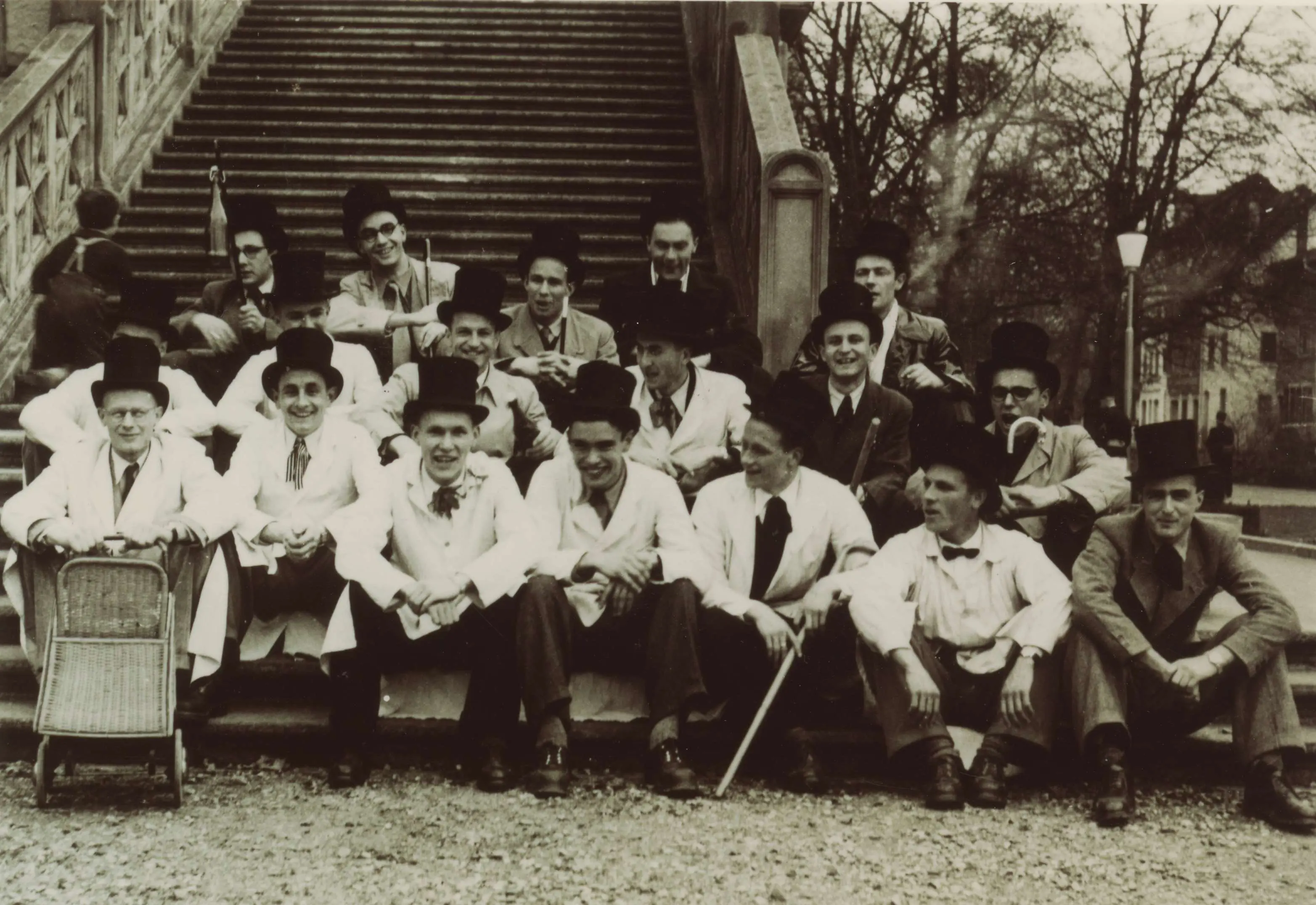
During the First World War, a large mechanical engineering laboratory is constructed behind the East Wing, which becomes operational in 1917. In 1922, a new electrical engineering laboratory is inaugurated, housing various rooms for high-voltage and measurement experiments. In 1921, a long-cherished wish of the school comes true – both the final examination and the corresponding certificate are henceforth called 'Diploma.' As a gift from the city of Winterthur on the 50th anniversary of the Technikum in 1924, the existing Kasernenstrasse is renamed Technikumstrasse.
Construction of New Buildings and Establishment of the Alumni Association ETW (1934-1954)
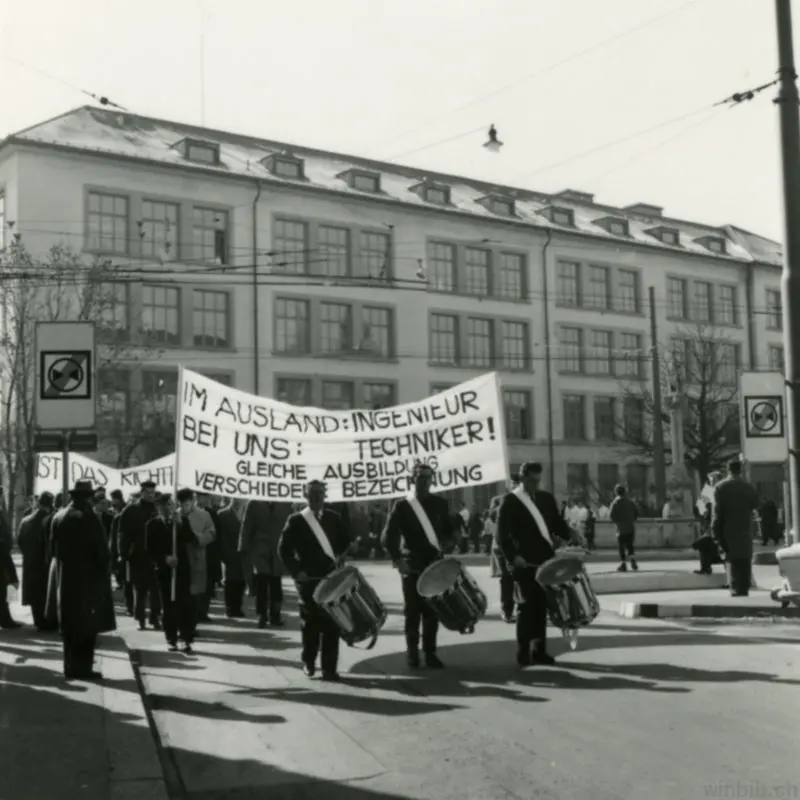
The Department of Electrical Engineering is separated from the Mechanical Engineering Department, and a new specialization in Telecommunications Engineering is introduced to meet the growing importance of telephony and high-frequency technology. In 1936, the voters in the Canton of Zurich approve the financing of an extension to the Electrical and Chemistry Building, connecting it to the existing East Wing. Despite the ongoing war, the new laboratories and lecture halls for the Electrical Engineering Department are inaugurated in 1939, and the following year sees the opening of the new Chemistry Building. A large auditorium and a cafeteria are added in an extension to the main building of the Technikum.With the flourishing Swiss textile industry, a corresponding specialization is introduced in 1947, which continues until 1969. In 1949, on the occasion of the 75th anniversary of the Technikum, the Alumni Association (ETW) is established.
Boom for Engineers and Separation of the Business School (1954-1974)
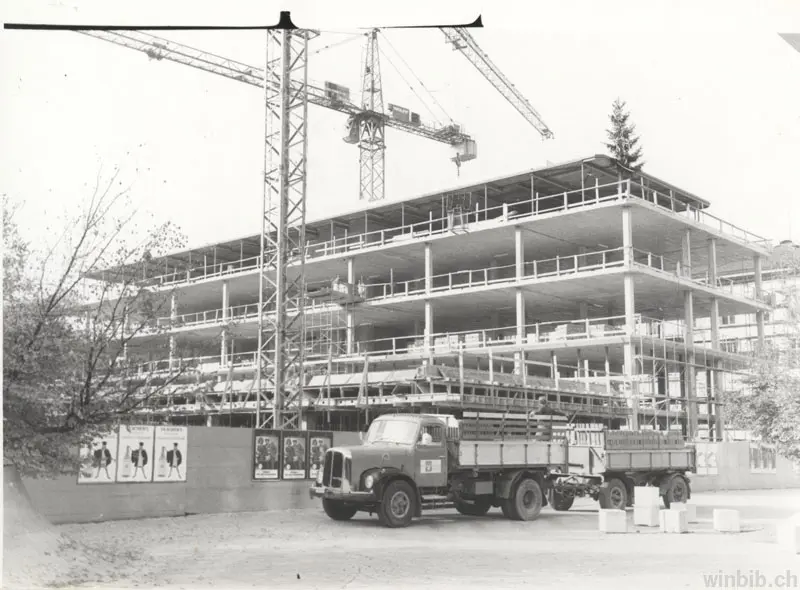
The economic upswing after the Second World War leads to a shortage of engineers. From the mid-1950s, the number of job offers far exceeds the number of graduates by multiples. It is only in 1958 that the second technical school in Switzerland is opened in Lucerne. Around the same time, the Technikum Winterthur surpasses 1000 students for the first time. In response, the Zurich Cantonal Council orders an expansion, which is quickly realized. In 1959, the Physics Building is inaugurated, and a few years later, a hall for process engineering and expansions to the Chemistry Building are added. Simultaneously, in 1960, the Business School department is separated from the Technikum and relocates to premises beyond the Eulach. In 1968, it is completely detached from the Technikum and continues as the Büelrain Canton School. In the same year, the extension of the main building of the Technikum falls victim to a fire.
From Technical College to University of Applied Sciences (1974-1994)

Although the number of students drops below a thousand after reaching a peak in 1962 with around 1200 students, the space shortage is significant. There is a lack of well-equipped laboratory spaces, a specialized library, and a cafeteria. In 1974, a new laboratory building is finally occupied, and five years later, the Student Center building is inaugurated. While Germany converts its engineering schools into universities of applied sciences at the beginning of the 1970s, this transition in Switzerland takes place only in the 1990s. With the Federal University of Applied Sciences Act, which comes into effect in October 1995, the 70 higher technical schools are consolidated into seven universities of applied sciences in Switzerland. This is accompanied by the international recognition of the diplomas.
Establishment of ZHAW and Emergence of New Study Programs (1994-2014)
In 1995, the Technikum is connected to the Internet via a leased line from PTT. Three years later, the merger of Technikum Winterthur (TWI), Dolmetscherschule Zürich (DOZ), and Höhere Wirtschafts- und Verwaltungsschule Zürich (HWV) forms the Zürcher Hochschule Winterthur (ZHW). In the same year, two new programs are launched – Communication and Informatics, as well as Data Analysis and Process Design. In 2004, after heated discussions, the University Council decides to relocate the Chemistry department from Winterthur to Wädenswil. Three years later, in 2007, the ZHW merges with Hochschule Wädenswil (HSW), Hochschule für Angewandte Psychologie Zürich (HAP), and Hochschule für Soziale Arbeit Zürich (HSSAZ) to become ZHAW Zürcher Hochschule für Angewandte Wissenschaften. The Technikum Ingenieurschule Winterthur is divided into the two departments "School of Engineering" and "Architecture, Design and Civil Engineering". In 2008, the Master of Science in Engineering (MSE) is introduced. In the following years, new programs such as Aviatik, Verkehrssysteme (now Mobility Science), and Energie- und Umwelttechnik are established. In 2012, an International Profile is introduced. In the same year, HSZ-T Hochschule für Technik Zürich is integrated into the ZHAW School of Engineering.
Increase in Student Numbers, New Study Programmes and New Buildings an the Campus (2014-today)
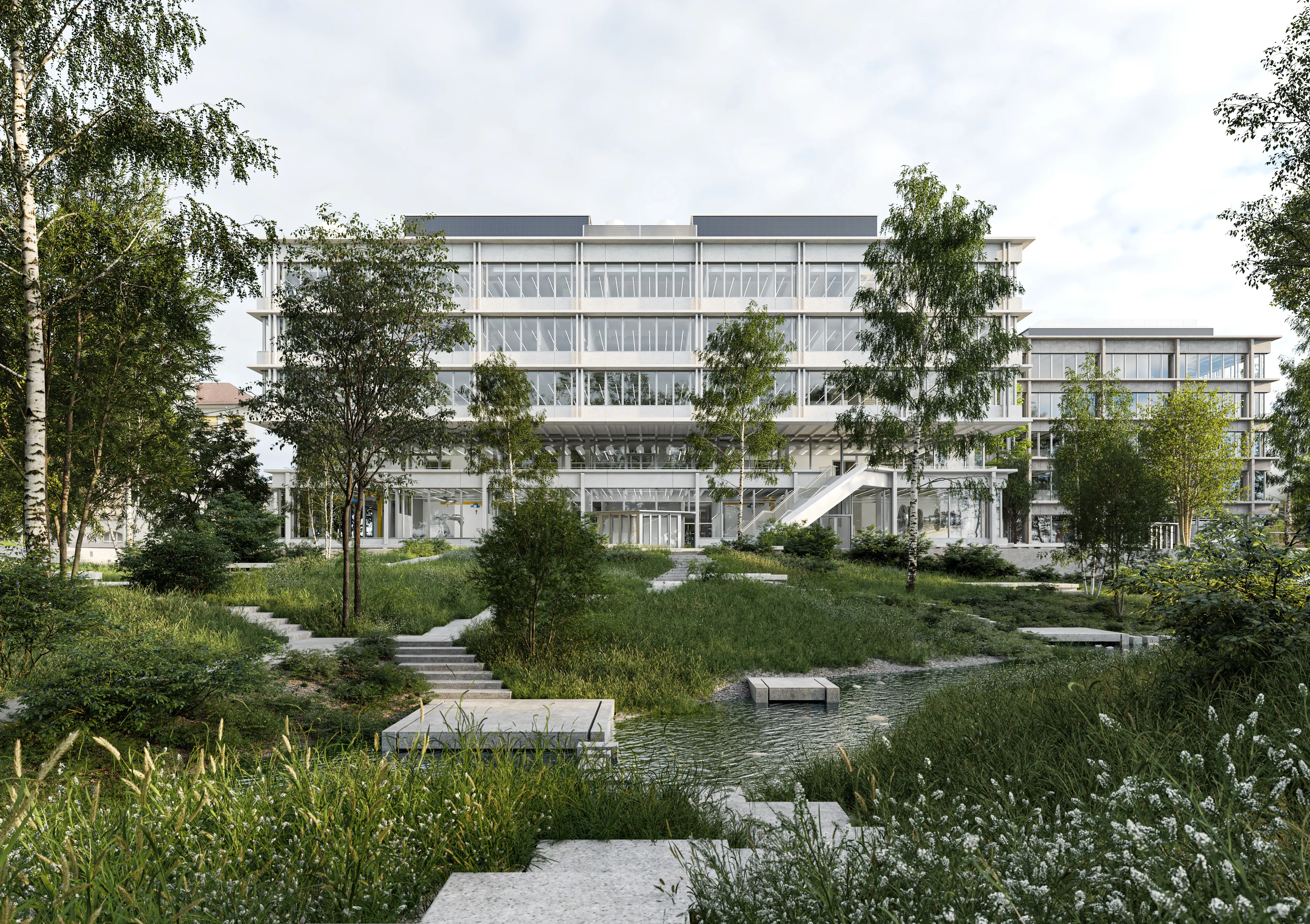
In 2015, the Practice-Integrated Bachelor's Program (PiBS) for high school graduates is introduced, a pilot project by the State Secretariat for Education, Research, and Innovation (SBFI). In 2016, the number of students surpasses 2000 for the first time. The Education Directorate of the Canton of Zurich decides to initiate the urgently needed campus renovation in the same year. Due to high demand, since 2020, the ZHAW School of Engineering offers all study programs in a part-time model. The following year, the new program in Data Science is launched. In the fall of 2023, new study programs, including Medical Informatics and Entrepreneurial Profile, are introduced. In 2024, the ZHAW School of Engineering celebrates 150 years of engineering education in Winterthur. In the same year, construction for two new laboratory buildings on Campus T begins.